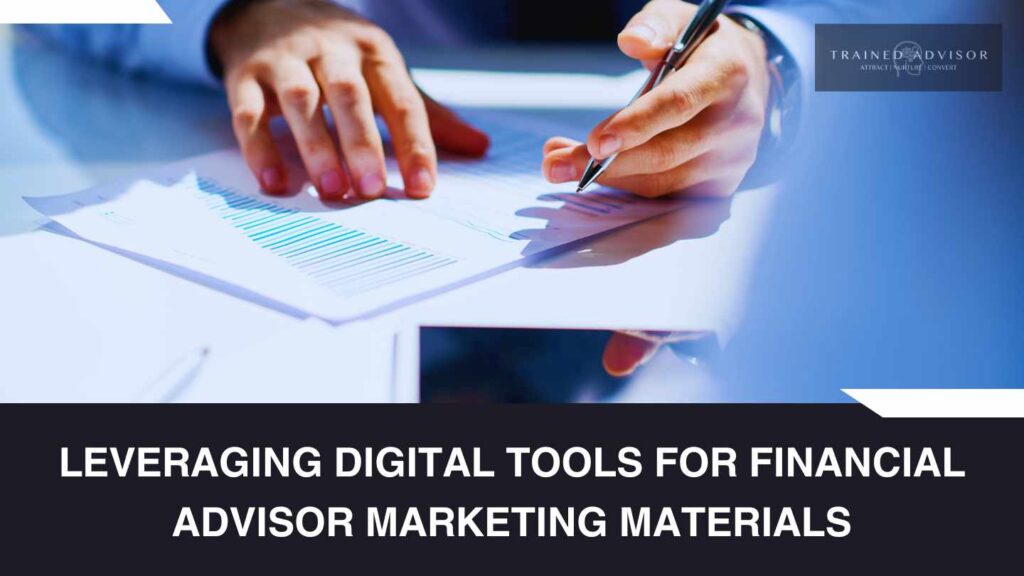Introduction
Why You Should Keep Reading:
Here are compelling reasons:
| Unlock the Power of Email Marketing | Learn how email marketing can transform your client engagement and retention strategies. |
| Innovative Strategies | Discover advanced techniques to enhance your email campaigns beyond basic newsletters. |
| Optimize for Success | Gain insights into maximizing open rates and conversion rates, essential for effective marketing. |
| Stay Ahead of the Curve | Keep up with the latest trends and tools in email marketing specifically tailored for financial advisors. |
The Power of Email in Financial Advisory
Email marketing stands as a testament to efficiency and enduring relevance in the financial advisory sector. Its unparalleled ROI is a beacon for financial advisors seeking cost-effective methods to amplify their reach and deepen client relationships.
This communication stalwart not only ensures consistent touchpoints with clients but also adapts to the evolving digital landscape, proving its worth as a timeless tool.
The magic of email lies in its ability to maintain personal connections, making it indispensable for advisors aiming to nurture trust and loyalty in their client base.
Building a Solid Foundation: Acquiring Quality Leads
The cornerstone of effective email marketing for financial advisors is the strategic acquisition of quality leads. To grow your email list organically, it’s essential to leverage your website as a primary tool, ensuring it’s equipped with compelling content and clear call-to-actions for subscription.
Engaging content that offers value, such as insightful articles, guides, or free financial planning tools, encourages website visitors to subscribe, laying a solid foundation for lead generation.
This approach not only enriches your list but ensures that your subscribers are genuinely interested in your services, setting the stage for meaningful engagement.
First Impressions Matter: Effective Onboarding
The initial interaction with new subscribers sets the stage for your relationship. Crafting a welcoming onboarding email series is crucial, introducing your firm, outlining what subscribers can expect, and highlighting the value you provide.
Incorporating lead magnets, such as informative guides or webinars, as part of this onboarding process plays a significant role in initial engagement, offering immediate value and reinforcing the decision to subscribe.
This thoughtful approach to onboarding not only warms new leads but also lays the groundwork for long-term engagement.

From Subscriber to Client: Conversion Strategies
- Nurturing Leads: Provide a mix of educational content, financial insights, and success stories that showcase your expertise.
- Timing and Frequency: Optimal engagement comes from balancing regular contact with not overwhelming your audience. Aim for a consistent schedule that keeps subscribers informed but eager for more.
Conversion Optimization Techniques
Maximizing Email Engagement and Conversions
- Your CTAs should be clear, compelling, and relevant to the content.
- Use action-oriented language and position CTAs strategically within the email.
- Tailor offers based on subscriber data and previous interactions.
- Personalized offers have a higher chance of resonating with your audience, leading to better conversion rates.
- Regularly test different elements of your emails (like subject lines, email copy, and CTAs) to see what performs best.
- Use the data from A/B testing to continually refine your email campaigns.
- Use time-sensitive offers or limited availability to encourage prompt action.
- Phrases like “limited time offer” or “exclusive deal ends soon” can be effective.
- Ensure your emails are mobile-friendly, as a significant portion of emails are read on mobile devices.
- Test your emails on various devices to ensure proper display and functionality.
- Track key metrics like open rates, click-through rates, and conversion rates.
- Use these insights to make data-driven decisions and improve your email strategy.
- Implement follow-up emails for those who opened but didn’t act on the first email.
- Personalized follow-ups can be very effective in nudging prospects towards conversion.
Beyond the Sale: Nurturing Lasting Client Relationships
Maintaining a strong relationship with clients after the sale is crucial. Email marketing plays a key role in ongoing education and engagement by delivering tailored content that addresses their needs and interests. Implementing personalization and segmentation techniques ensures that the emails sent are relevant to each recipient, enhancing their experience and reinforcing their decision to trust in your financial guidance. This strategic approach not only keeps clients informed but also deeply engaged with your services over time.
Putting It All Together: Launching Your Campaign
Launching your email marketing campaign involves a few key steps:





